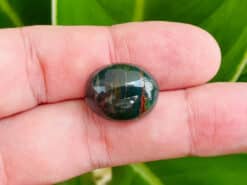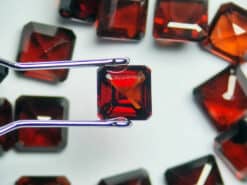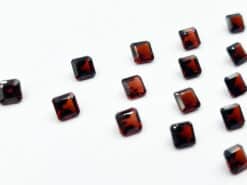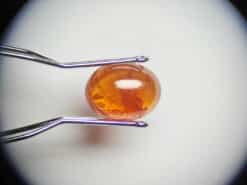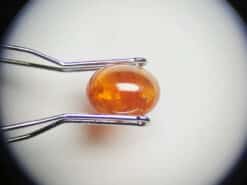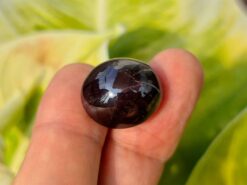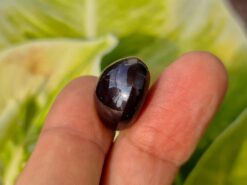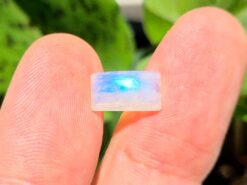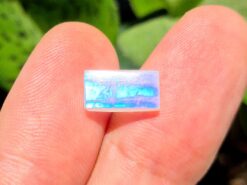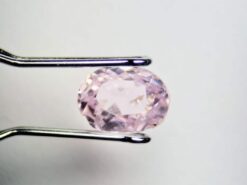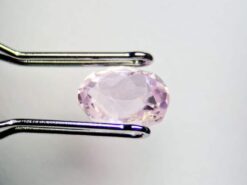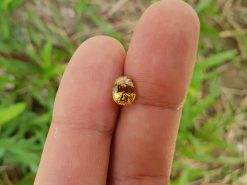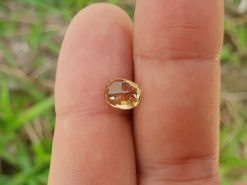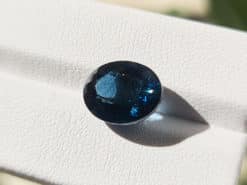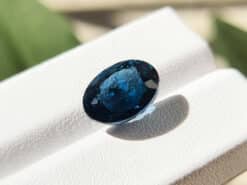Jadeite jade
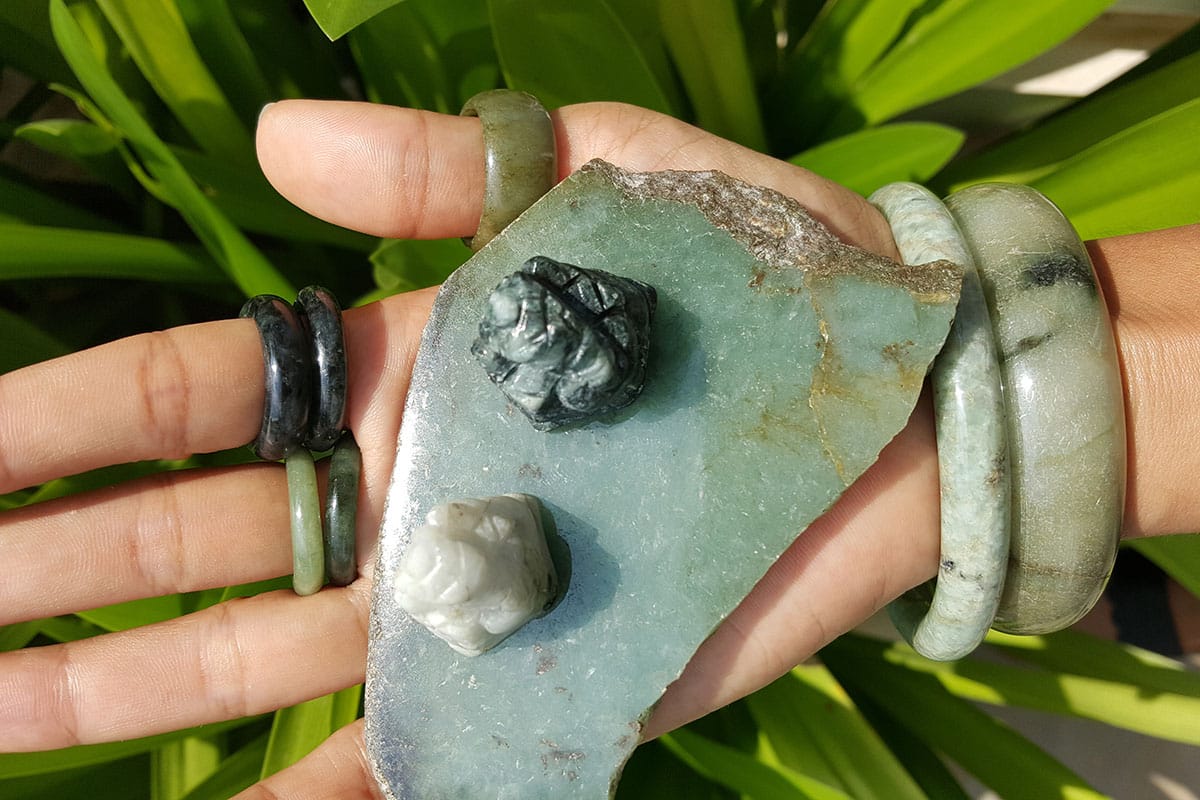
Buy natural gemstones in our shop
Jadeite Jade is a beautiful stone that can be green, orange, black, purple or white. The quality is classified by grades: high, medium, low. If you are about to buy jade, it is good to know whether it is real jade or not.
Only jadeite jade and nephrite jade are considered authentic jade.
Jadeite most expensive and most sought (Burmese jadeite: jade from Burma, or imperial jade: Chinese jade) usually comes from Myanmar (formerly Burma), but there are also small amounts that come from the mines of Guatemala, Mexico and Russia.
75% of the world jade comes from mines in British Columbia in the form of nephrite, nephrite can also come from mines in Taiwan, USA or, to a lesser extent, Australia.
The materials that can imitatate jade are:
- Serpentine ( “new jade” or “olive jade”).
- Prehnite.
- Aventurine quartz.
- Grossular garnet ( “Transvaal jade”).
- Chrysoprase ( “Australian jade” which comes mainly from the Queensland area of Australia).
- Dyed translucent quartz.
- The opaque dolomitic marble ( “Jade Mountain” from Asia, dyed in bright colors).
Real jade may have been tinted, thinned, treated with polymer stabilizers. It can be doubled or tripled.
Type A
Natural, untreated, having undergone a natural process (cleaning with plum juice and polishing beeswax), no “artificial treatment” (eg, high temperature and high pressure treatment). This jade therefore has its “real” color.
Type B
chemically cleared to remove impurities injected polymers using a centrifuge to enhance translucency, covered with hard clear plastic such as a coating. It is subject to instability and discoloration over time, because the polymers break under the effect of heat or household detergents. Nevertheless, it remains 100% genuine jade with a 100% natural color.
Type C
cleared chemically, dyed to improve its color. It is subject to fading over time in response to strong light, body heat or household detergents.
Natural burmese jadeite jade, from Myanmar

